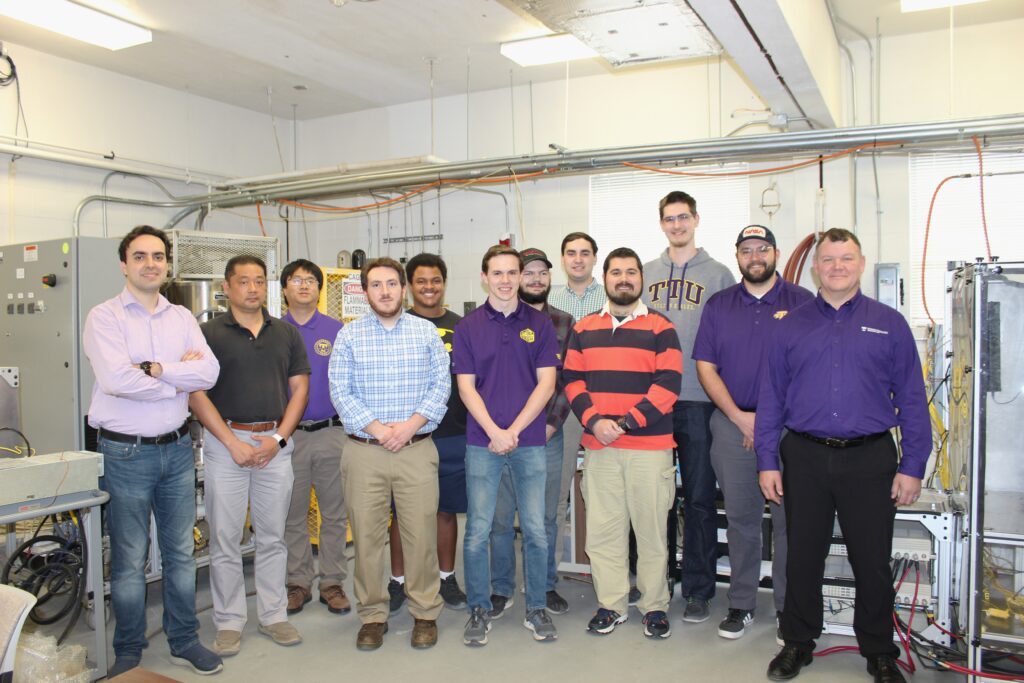CarbonLess Electric AviatioN (CLEAN)

The synergistic integration of a Solid Oxide Fuel Cell-Combustor (SOFCC) with a turbogenerator (TG) utilizing ammonia as a fuel source provides a very high fuel-to-electricity conversion efficiency while maintaining a high power-to-weight ratio during high-altitude flight with zero emissions. The SOFCC-TG power generation technology is a unique and transformative concept addressing many of the challenges faced in all-electric propulsion-based aviation. The power generation system has high part-load efficiency during cruise, high specific power density, load following capability, high-power capacity at high altitudes adapting to low temperatures and pressures, rapid startup time, and efficient thermal management. The SOFCC-TG concept achieves the performance targets necessary for electrifying zero emissions 150 passenger aircraft by reducing the complexity of traditional fuel cell-gas turbine hybrid systems.
Ammonia is an ideal fuel for the SOFCC and electric aircraft. Ammonia will provide active cooling for the vehicle’s thermal loads including the power conditioning and distribution, electrical motors, and motor drives. The only emissions besides air is water in the exhaust which will be evaluated for impact on contrails through numerical techniques employed to provide in-depth investigation through team collaboration. Ammonia is a heavy fuel and will require more than transformative advancements in power generation efficiency and specific power density. The electrification of the aircraft with the SOFCC-TG enables distributed propulsion, which provides opportunities for further efficiency gains in the synergetic integration of the propulsion system with the air vehicle. Aircraft vehicle design will be performed to minimize drag during cruise through propulsion integration synergies and boundary layer manipulation. The aircraft design includes aeroelasticity and structural design.
The project focuses on investigating, designing, and testing several components and subsystems that are required for a zero-emissions commercial passenger aircraft. The team has unique one-of-kind testing capabilities for SOFC technologies under flight conditions including pressurized operation with rapid changes in load for emulated in flight operation.